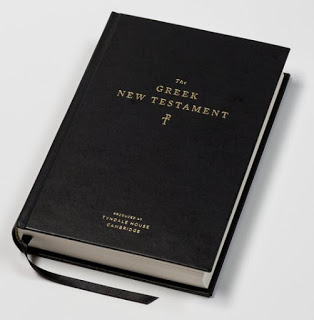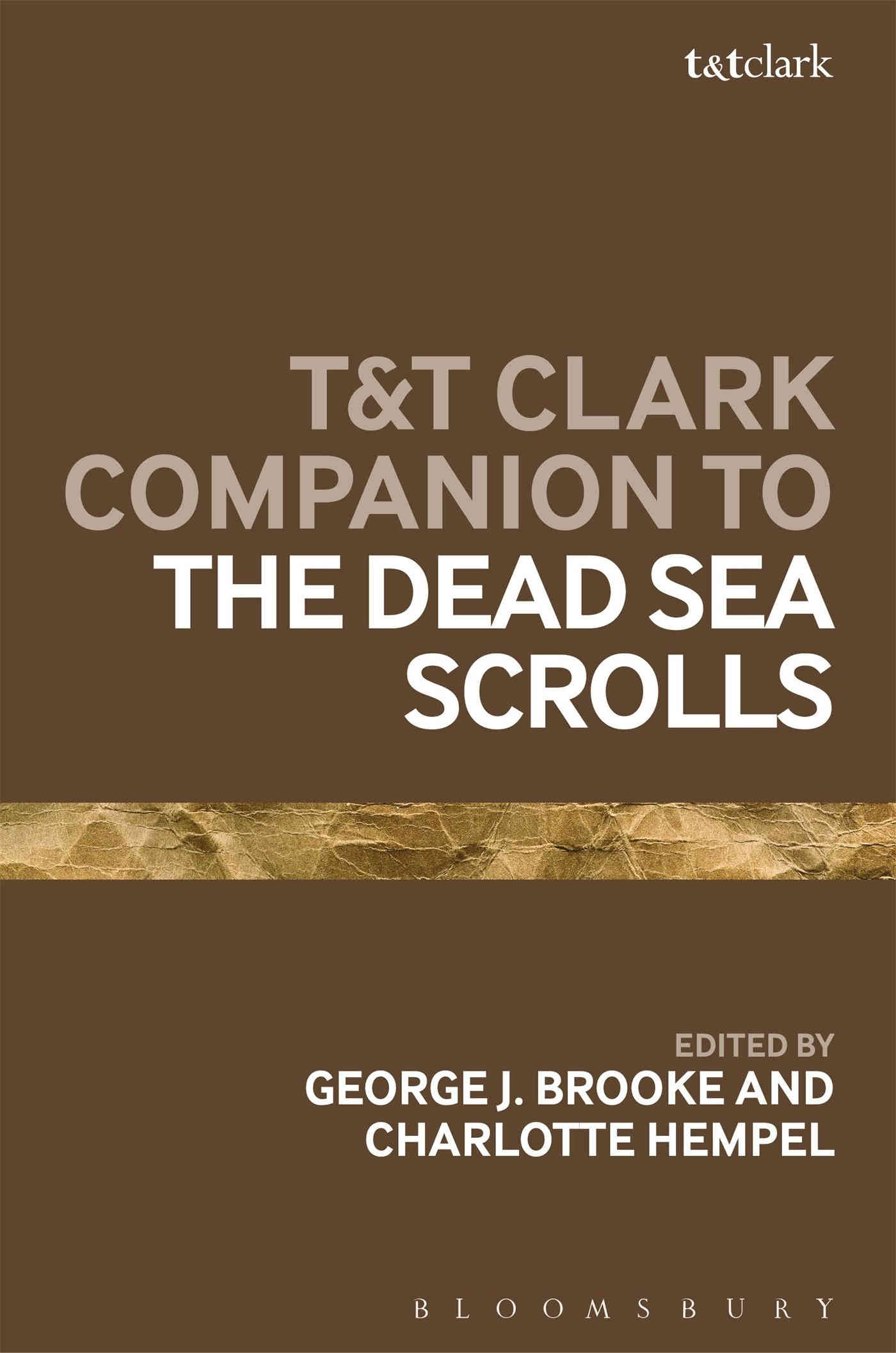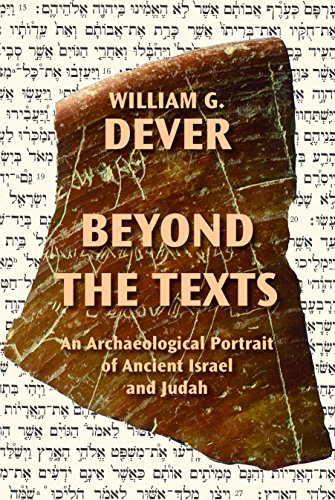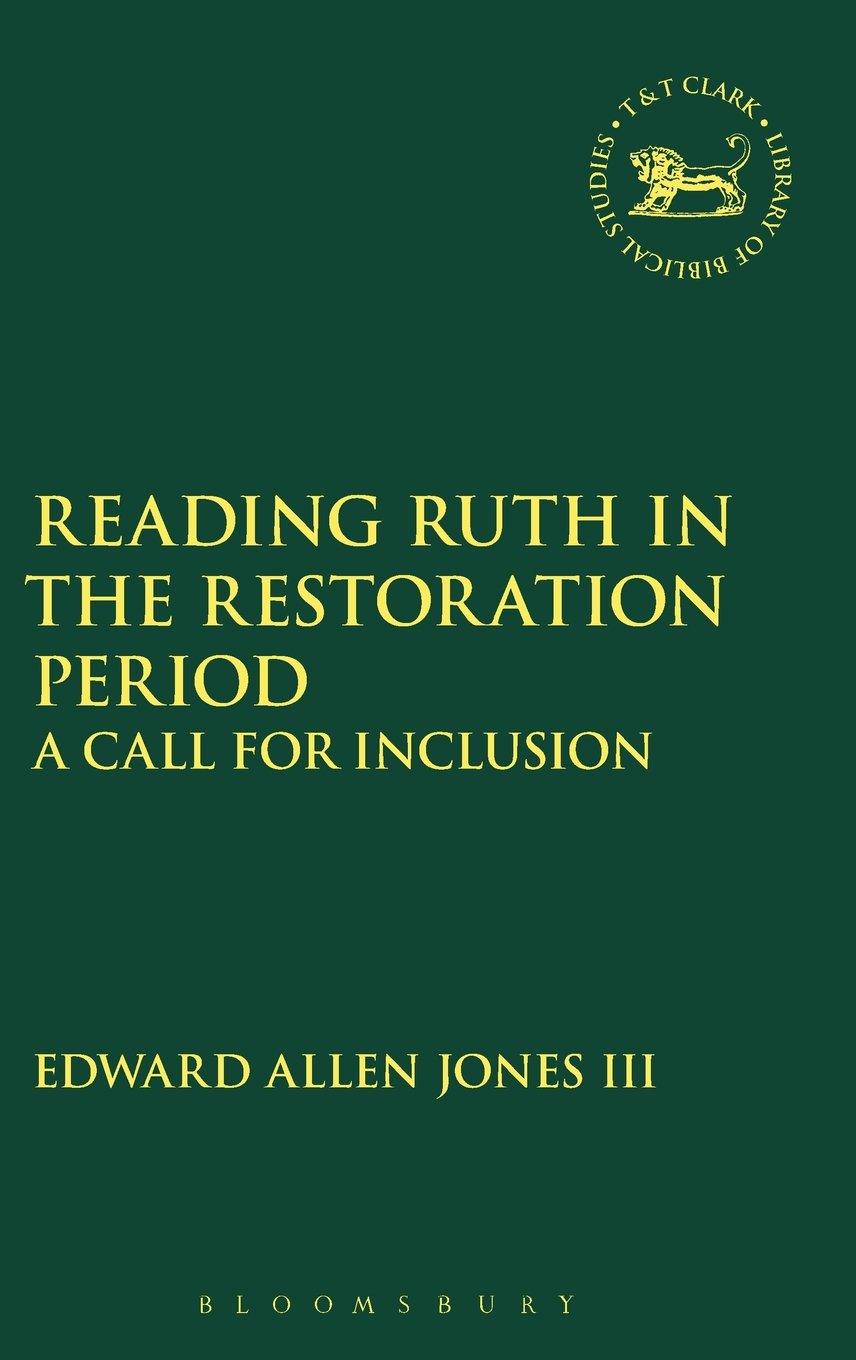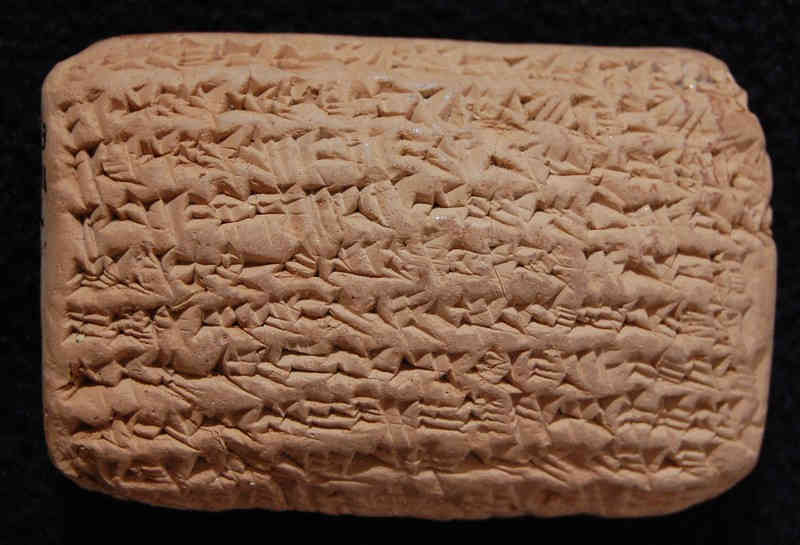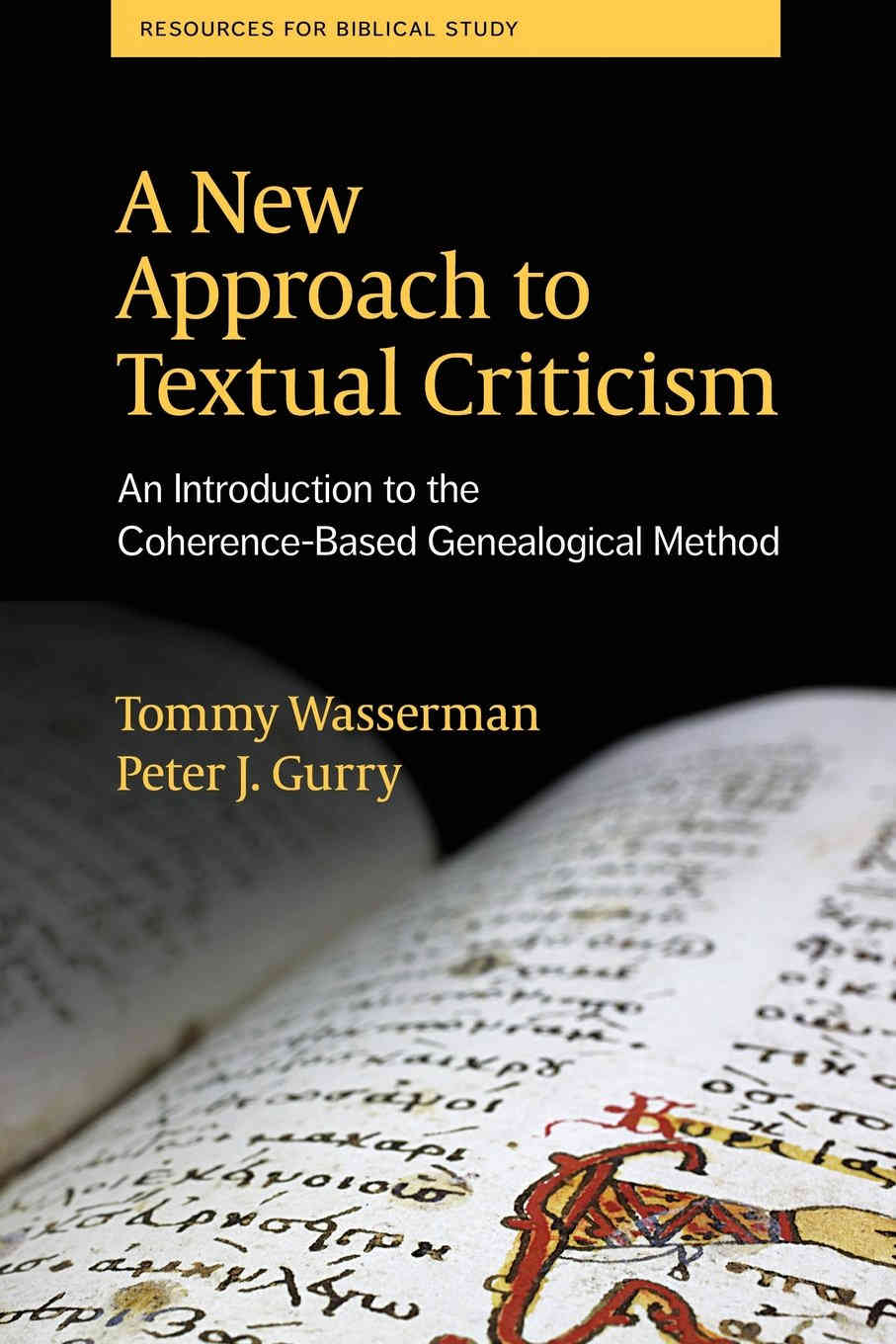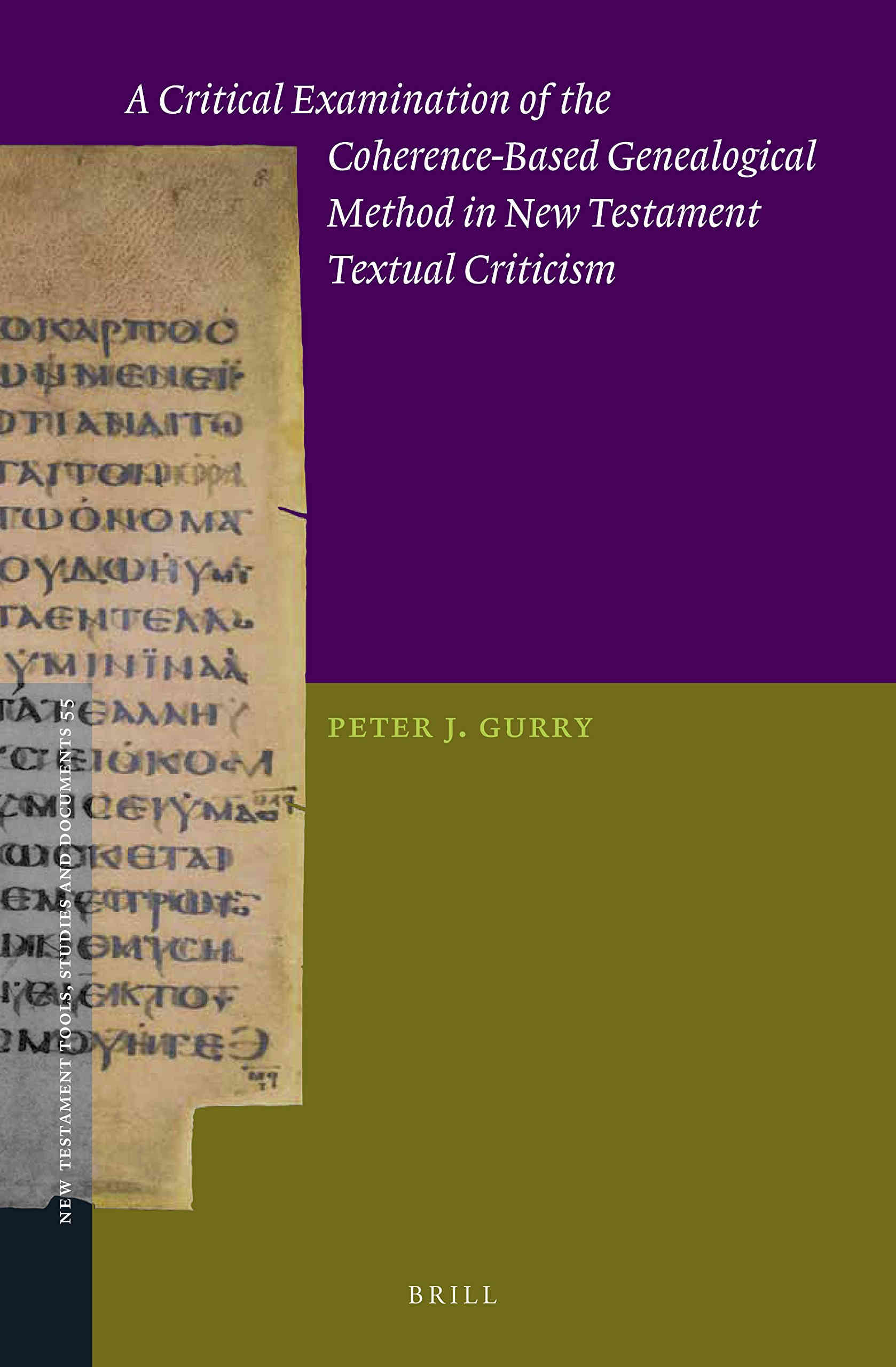Sobre o projeto
Neo-Babylonian Cuneiform Corpus (NaBuCCo) é um site que pretende colocar metadados textuais online de cerca de 20.000 documentos neobabilônicos publicados, incluindo registros legais, administrativos e epistolares. Estes documentos foram criados no I milênio a. C. e se originaram principalmente de cinco grandes cidades da Mesopotâmia durante esse período: Babilônia, Borsippa, Nippur, Sippar e Uruk. O site coleta todos os dados meta textuais das fontes, parafraseia seu conteúdo, disponibiliza os dados online e os liga, através de sites parceiros, aos documentos originais dos quais são extraídos. Além do catálogo de texto, o projeto oferece uma bibliografia detalhada e abrangente sobre a Babilônia no primeiro milênio a. C.
Espera-se que o projeto beneficie os pesquisadores. Na verdade, o banco de dados, com sua ferramenta de pesquisa avançada, páginas interligadas e extensa bibliografia, permitirá que estudiosos do campo da assiriologia e também de outros campos da pesquisa histórica de todo o mundo trabalhem com uma coleção abrangente de textos babilônicos em seus próprios projetos. Espera-se também que o catálogo, a bibliografia e o portal NaBuCCo sejam ferramentas úteis para levar o mundo da Babilônia até os não especialistas. Este portal fornecerá informações consistentes sobre cronologia e eventos históricos, principais cidades e topografia, vários aspectos da sociedade e da economia da Babilônia do I milênio a. C. e estabelece as bases para a compreensão dos próprios textos apresentados. O usuário comum também encontrará explicações básicas sobre os tipos e a origem dos textos apresentados.
A equipe é formada por pesquisadores da Universidade Católica de Leuven, Bélgica, da Universidade de Viena, Áustria, e da Universidade de Tel Aviv, Israel.
About the project
NaBuCCo is a text-oriented website that aims at putting online textual metadata of an estimated 20,000 published Babylonian documentary sources including legal, administrative and epistolary records. These documents have been created between roughly 800 and the end of the pre-Christian era and primarily originate from the five large cities of Mesopotamia during that time: Babylon, Borsippa, Nippur, Sippar and Uruk along with their agrarian hinterland. The website collects all meta-textual data from the sources, paraphrases their content, makes the data available online, and links them (via partner websites) to the original source documents from which they are extracted.
In addition to the text catalogue, the project offers a comprehensive up-to-date bibliography on Babylonia in the first millennium BCE.
We hope that the project will benefit the research community. Indeed, the database with its advanced search tool, interlinked pages and extensive bibliography will enable scholars from within the field of Assyriology and also from other historical fields from all over the world to work with a comprehensive collection of Babylonian texts for their own research projects.
At the same time we hope that NaBuCCo’s catalogue, bibliography and to be developed portal will be a useful tool to delve into the Babylonian world for non-specialists. While the main addressees are specialist and non-specialists scholars, the project also aims at approaching those stakeholders who are not scientifically involved in this kind of source material. Being freely accessible online, the NaBuCCo database can not only be searched through and experienced by any historically interested individual, but – most importantly – provides proper tools, namely the paraphrases, to understand the archival texts from Babylonia also without background knowledge. The access to and the basic understanding of the Babylonian world and its thousands of texts will, furthermore, be eased by the 1st Millennium BC Babylon Portal to be provided on the NaBuCCo website in the future. This portal will provide profound information about chronology and historical events, main cities and topography, various aspects of society and economy of 1st-millinium-BCE Babylonia and lays the foundation for an understanding of the presented texts themselves. The common user will also find basic explanations about the types and origin of the texts presented.
NaBuCCo, short for Nabucodonosor (English Nebuchadnezzar), is the title of an opera by Verdi in which the Babylonian king Nebuchadnezzar II and the exile of the Judean population induced by him play a central role. We choose this name as acronym for a scientific project coined the Neo-Babylonian Cuneiform Corpus (NaBuCCo) that aims to make available clay tablets with cuneiform script originating from Babylonia or its immediate vicinity and dated to the Age of Empires (c. 770 BCE – 75 CE), a.o. tablets dated to the reign of Nebuchadnezzar II (c. 605-562 BCE), who is no doubt the most famous king of one of the empires, the Neo-Babylonian (Chaldean) Empire.
The NaBuCCo project was created as part of the research project Greater Mesopotamia: Reconstruction of its Environment and History (GMREH), whose funding is provided by the Belgian Science Policy Office – BELSPO in the framework of the Interuniversity Attraction Poles (IAP) (2012-2017).
Principal investigators: Kathleen Abraham, KU Leuven; Michael Jursa, University of Vienna, and Shai Gordin, Ariel University / Tel Aviv University.
